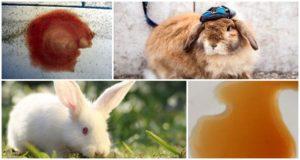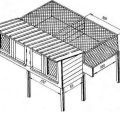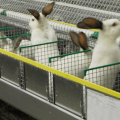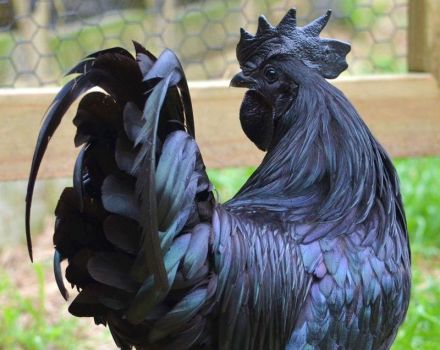Instructions for use of the HBV vaccine for rabbits, types of vaccinations and doses
Until recently, a viral hemorrhagic disease could instantly deprive a farmer of a livestock population. Thanks to the efforts of scientists, people have learned to fight infection. VGBK vaccine for all breeds of rabbits protects fluffy beauties and increases resistance in case of infection with a fatal ailment. There are a large number of live and inactivated drugs on the market today.
Why is the HBV vaccine made?
Rabbit viral hemorrhagic disease is an extremely dangerous and insidious disease. For rabbits that have reached a weight of 3-3.5 kg, the disease is almost always fatal. But this is the most productive group of animals. Sick relatives, common feeders, drinkers or bedding can become a source of infection for a pet. There are cases when the infection was brought by the wind from a neighboring courtyard.
For owners and other domestic animals, VGBK is not dangerous. The development of the disease occurs instantly and is practically asymptomatic. The clinical picture of the disease can be seen closer to the final stage. Even in the morning, the animal cheerfully picked tasty tidbits from the feeder, and in the evening a lifeless little body lies on the mat.
Until the age of 2, rabbits cannot boast of strong immunity, so the very first serious infection leads the pet to death. The mass death of long-eared pets causes colossal damage to the economy. Even the treated skins of sick animals remain a source of infection for rabbits for a long time.
Regular vaccination of rabbits is the only way to protect pets from a terrible scourge. Of course, no means gives a 100% guarantee of safety, but nevertheless, the likelihood of infection of a pet will significantly decrease. The vaccine will create immunity in the animal against the causative agent of the insidious disease. In case of infection, the vaccinated animal will easily and without negative consequences transfer the disease.
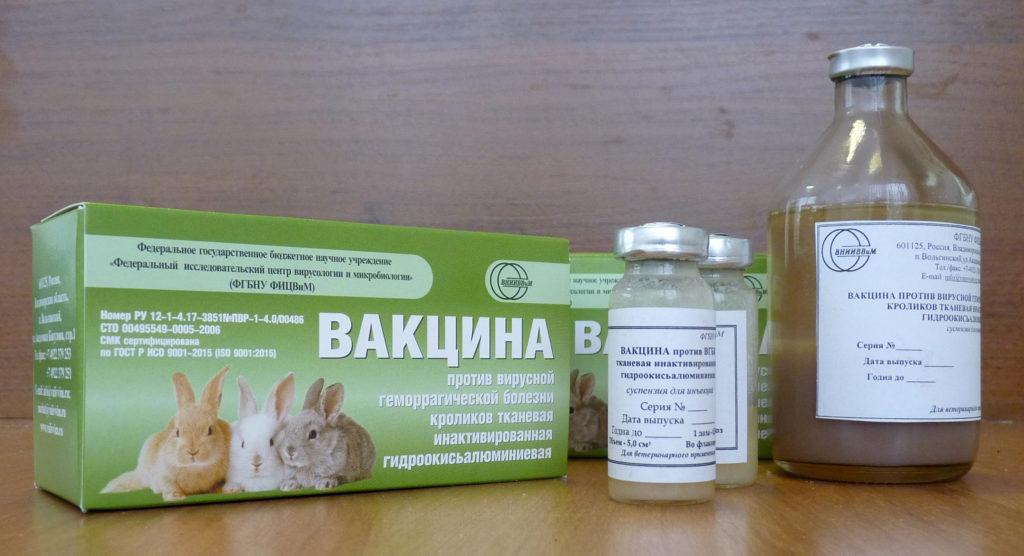
At what age do they do it?
The rabbits receive the first vaccination at the age of 5-6 weeks, immediately after the separation of the offspring from the mother. Up to this point, the rabbits were reliably protected by the antibodies they received during breastfeeding. At the time of the procedure, the rabbit must gain at least 0.5 kg - animals with insufficient weight are not vaccinated.
How often do they do it?
All subsequent vaccinations for pets are done 2 times a year, every 6 months. Rabbits are vaccinated at any time, excluding the feeding period. The drug may not have the best effect on the quality of milk. It is advisable to vaccinate breeding animals a couple of weeks before the planned mating. Thus, the offspring will receive an additional "safety margin".
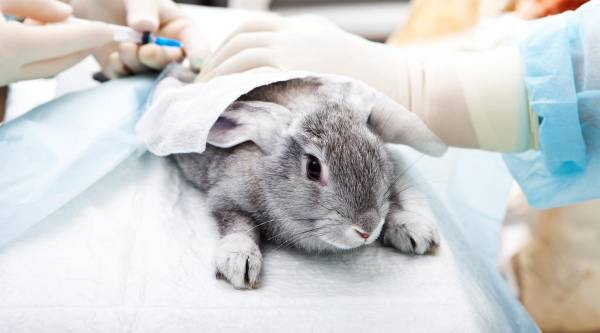
After vaccination, immunity does not form immediately, but within 2 weeks, therefore, the rabbit is kept in quarantine for half a month, excluding contact with other animals.
Varieties of vaccines for hemorrhoids
Livestock breeders use different types of vaccines, guided by experience and their own perception of the benefits. Manufacturers produce drugs of 3 types:
- Monovaccine. A simple remedy that includes a strain of one type of pathogens.
- Bivalent drug. (Vaccination reliably protects against two diseases at once called VGBK and myxomatosis).
- Polyvalent vaccine. A miraculous remedy simultaneously resists 3-5 ailments.
All drugs are well tolerated by animals. Subject to the dosage and the rules for vaccinating animals, the procedure does not entail serious adverse reactions.
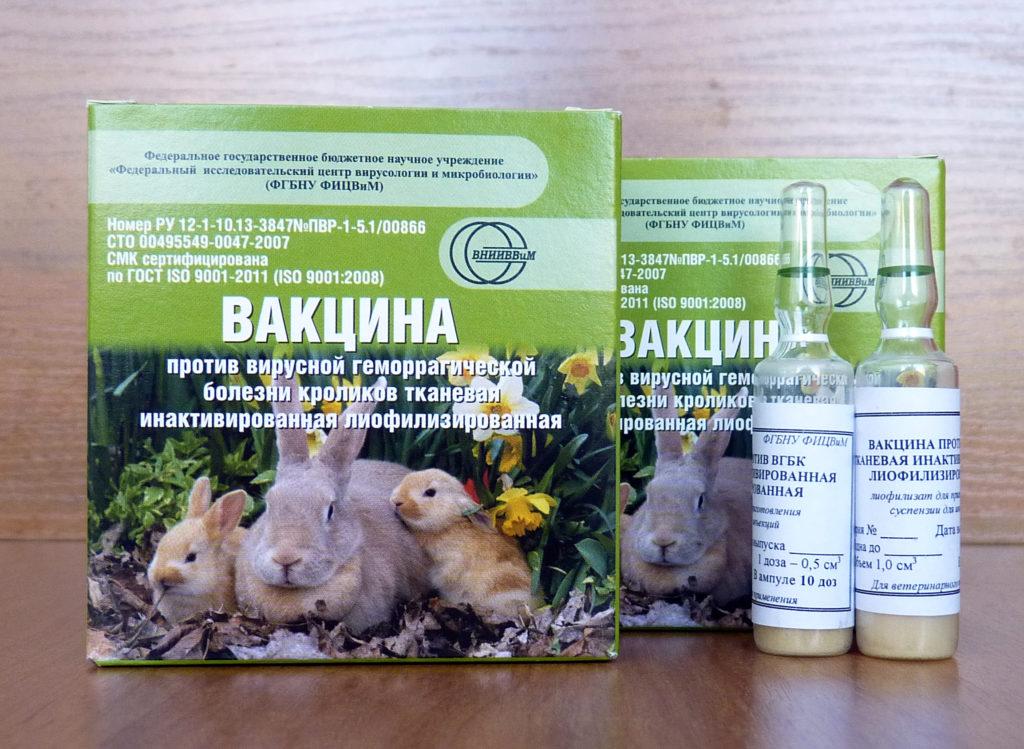
Today monovaccines are not very popular among farmers. Due to the fact that the drug contains a strain of only one virus, the pet will have to be subjected to execution several times. The monovaccine is cheaper than the rest of the drugs, but on closer inspection the price difference is not so obvious. The drug is often sold without a diluent. The solution must be purchased separately.
Any vaccines are divided into 2 groups:
- Alive. The drug contains a small amount of live, active pathogens. Animals tolerate vaccination more difficult, but infection resistance develops quickly.
- Inactivated. The drug is completely safe, there are no longer live pathogens of the disease. The vaccine is surprisingly easily tolerated, but it takes longer to develop immunity. But the vaccine protects the pet for a long time.
Of the complex vaccines, bivalent drugs are more often used that can protect animals from myxomatosis and VGBV. For example, the Czech drug Pestorin Mormyx is widely used, which includes live and inactivated components.
Some farmers prefer to use the inactivated Ukrainian vaccine Lapimun Gemix. Due to its good quality, the Dutch drug Nobivac Muho-RHD is popular. It contains live pathogens.
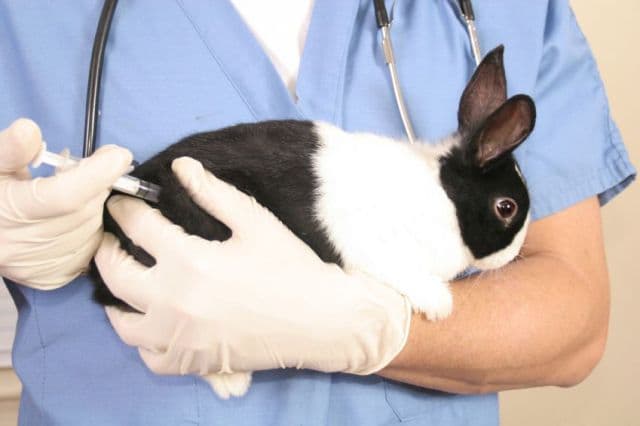
From the category of monovaccines, a popular drug developed by the Research Institute of Veterinary Virology and Microbiology under the auspices of the Russian Academy of Agricultural Sciences. The tissue inactivated vaccine is made in the form of a suspension. Due to the composition and quality of the drug, immunity in animals is formed on the 3rd day and lasts for a year.
Instructions for use and doses
The result of vaccination depends not only on the quality of the preparation, but also on the readiness of the animals for the procedure. The responsible owner conducts the following activities:
- 2 weeks before vaccination, pets are given an antihelminthic agent. If this is not done, vaccination will be useless.
- 2-3 days before the appointed date, rabbits are taken under observation, paying attention to the appearance and behavior of the pets. The reason for canceling the procedure should be discharge from the nose, eyes, depression of the animal or diarrhea.
- The baby rabbits are weighed. The pet's weight must be 500 g or more. Lagging babies will have to be vaccinated later.
- Before inoculation, fluffy beauties measure the temperature. In a healthy state, the temperature of the animal rises to 38.5-39 degrees.
It is advisable to entrust the vaccination to an experienced veterinarian, but not all pet owners have this opportunity. As a rule, farmers prefer to vaccinate themselves. Subject to the exact dosage of the drug, the procedure is not difficult even for beginners.
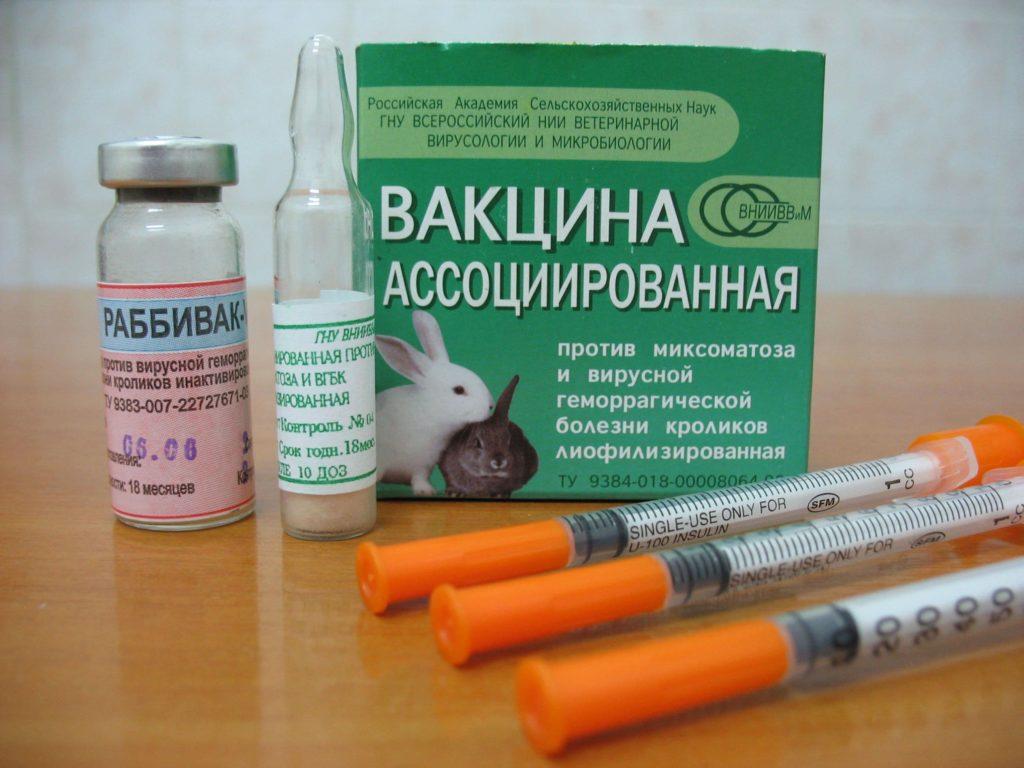
When preparing for vaccination, you need to stock up on antiallergenic agent. It is not known how the pet's body will react to active substances. The vaccine is purchased only from official representatives of pharmacological companies. The original product is always accompanied by a certificate confirming the quality of the product. When buying, you must make sure that the vaccine packaging is intact.
After studying the instructions, they begin to prepare the finished mixture. For this, the dry component is mixed with a solvent so that 0.5 ml of the active substance is obtained.
Use an insulin syringe to draw the required amount of the diluted vaccine. The needle and the injection site are wiped with alcohol. An injection is made in the thigh (intramuscularly) or in the fold at the withers of the animal (subcutaneously). The medicine is smoothly injected into the pet's body and the injection site is rubbed with alcohol. Change the used syringe after each injection.
The opened packaging with the drug should not be stored. The vaccine is suitable for use within 3 hours. The vaccine will lose its protective properties every minute. After the procedure, the pet is isolated from relatives. The vaccinated animal is protected from insect bites and temperature extremes. At this time, the rabbit does not tolerate cold and heat.
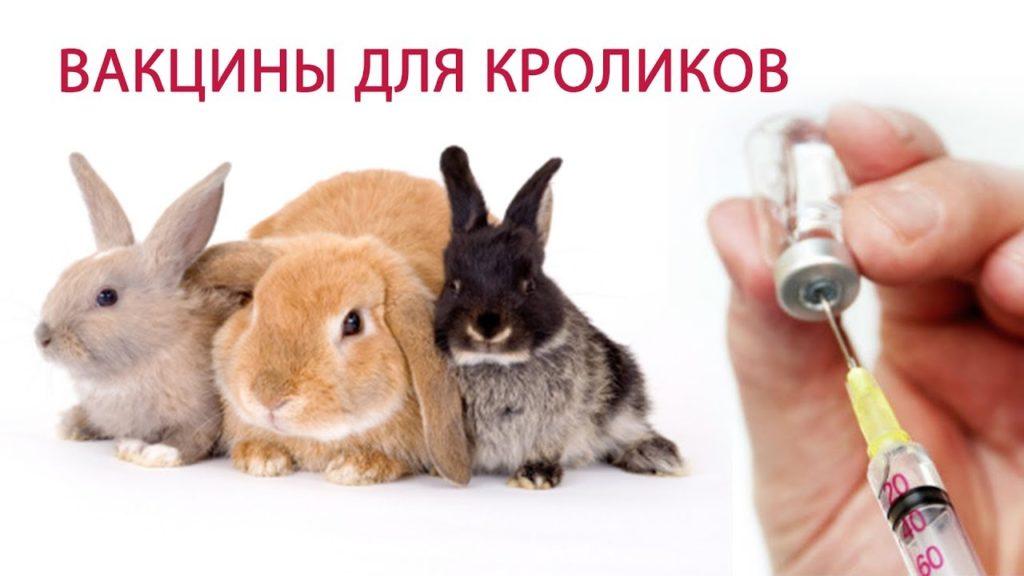
To increase immunity, vitamin supplements are introduced into the pet's diet. The fluffy pet is given sprouted grains, fish oil, mountain ash and pumpkin. Within 3 weeks after the procedure, the rabbit cannot be taken out to exhibitions and moved over long distances. In addition, in the first days after vaccination, it is forbidden to bathe and treat the animal against parasites.
Possible side effects and contraindications
Rabbits generally tolerate the vaccine well. On rare occasions, an animal may develop an allergic reaction to the vaccine. The deterioration of health occurs 15-20 minutes after the injection of the drug. Signs of an allergic reaction:
- The pet reacts with difficulty to external stimuli.
- The mucous membranes of the animal acquire a red tint.
- The rabbit has difficulty breathing.
- The animal has increased salivation.
- A rash is clearly visible on the pet's skin.
When 1-2 symptoms appear, the rabbit is given an intramuscular injection of "Diphenhydramine" or "Suprastin". A single dose is 0.3 ml. To restore normal heart function, a drug consisting of 0.3 ml of sulfocamphocaine and 20 ml of saline is injected subcutaneously.
If your rabbit responds normally to the vaccine, there is no problem. In some cases, the pet's lymph nodes are slightly enlarged, but literally after 48 hours everything returns to normal.

